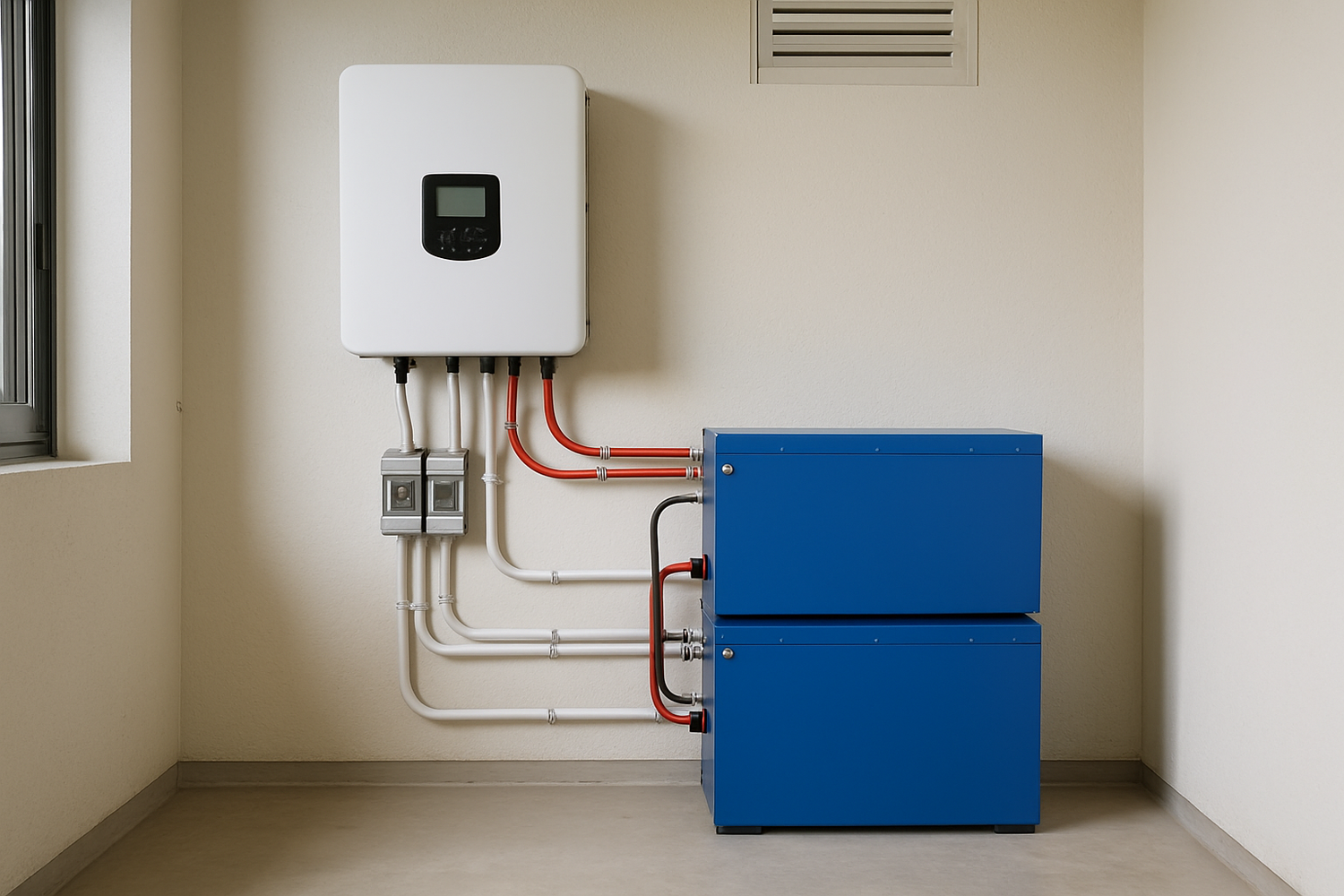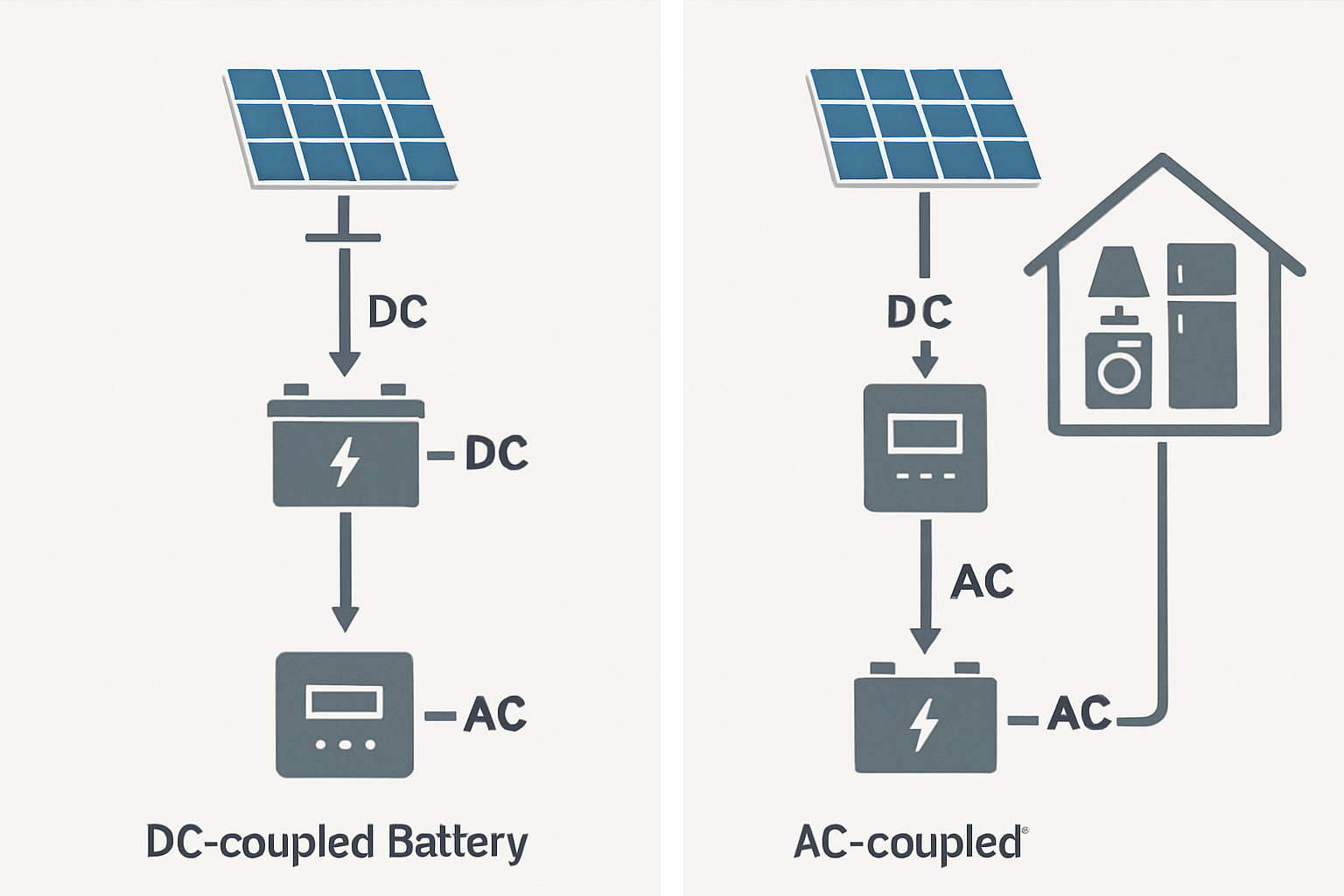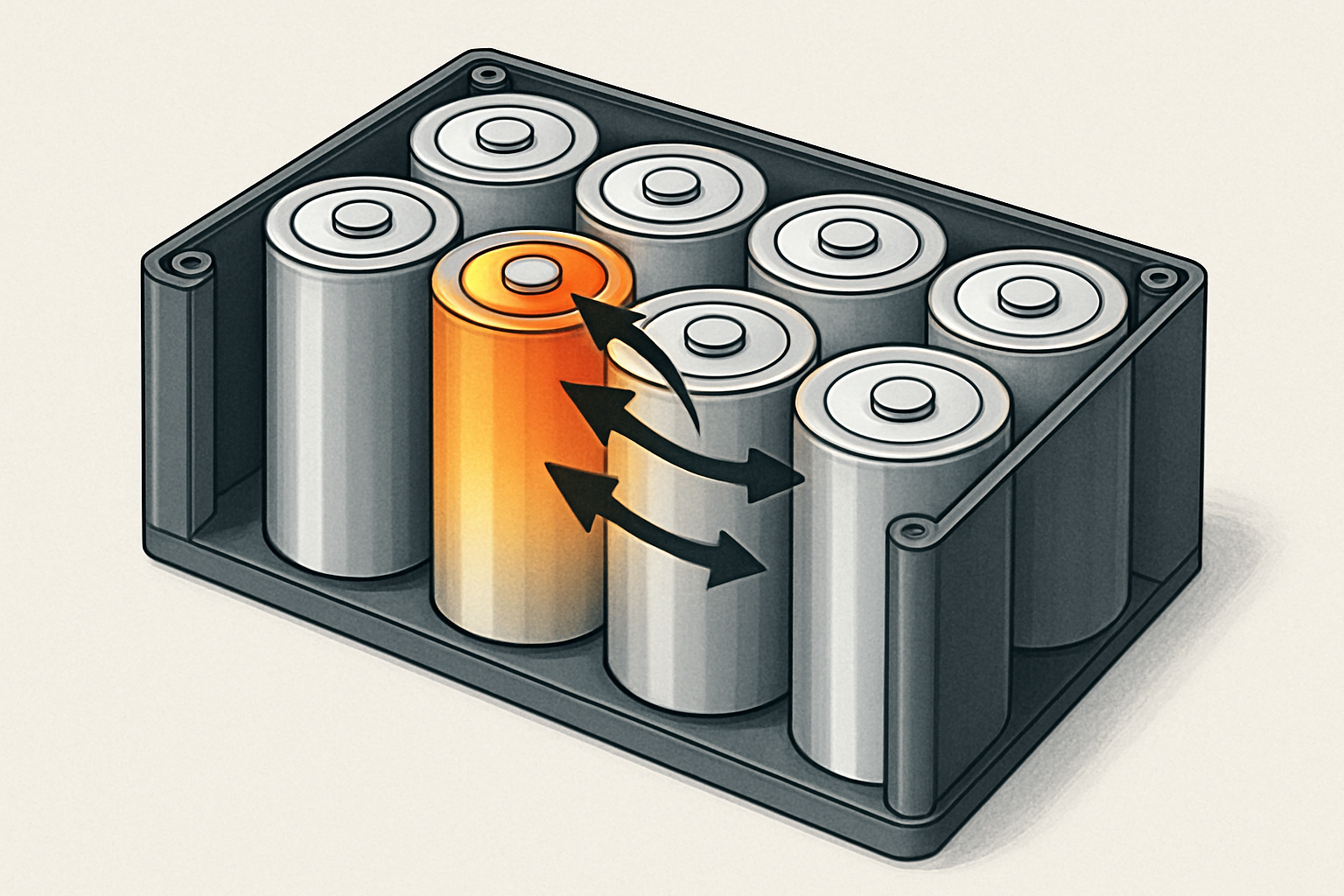Solar energy storage systems are fundamental to achieving energy independence and maximizing the use of renewable power. As battery technology becomes more common in homes and businesses, ensuring its safety is paramount. While incidents are infrequent, the risk of fire, often due to a condition known as thermal runaway, requires careful attention. This guide provides seven actionable methods for battery fire prevention, helping you protect your investment and ensure the safe operation of your solar energy storage system.
1. Prioritize High-Quality Components
The foundation of a safe solar energy storage system is the quality of its individual parts. From the battery cells to the inverter, every component plays a role in overall safety and performance.
The Role of LiFePO4 Chemistry in Safety
Not all lithium-ion batteries are created equal. Lithium Iron Phosphate (LiFePO4) batteries have a significantly better safety profile compared to other chemistries like Nickel Manganese Cobalt (NMC). LiFePO4 batteries have a more stable chemical and thermal structure. Their threshold for thermal runaway is much higher, around 270°C, compared to approximately 150°C for some NMC batteries. This stability means they are far less likely to overheat and ignite, even under fault conditions. Their robust nature makes them the preferred choice for stationary energy storage where safety is a top priority.
Certification and Standards Matter
Always select components that are certified to meet recognized safety standards. Look for certifications like UL 9540, which covers the entire energy storage system, and UL 1973 for the batteries. These standards ensure the products have undergone rigorous testing for safety and reliability. Additionally, compliance with the National Fire Protection Association's standard, NFPA 855, provides comprehensive guidelines for the safe installation of stationary energy storage systems, covering aspects from location to fire suppression.
2. Ensure Professional Installation and Design
A high-quality system can be compromised by improper installation. Professional design and setup are critical for long-term safety and efficiency.
Correct Sizing and Configuration
An improperly sized system can lead to stress on the components, particularly the battery and inverter. An undersized battery may be subjected to excessive charge and discharge rates, while an oversized inverter can operate inefficiently. A qualified installer will perform a detailed load analysis to ensure every component is correctly matched to your energy needs.
Importance of a Qualified Installer
Professional installers understand the complexities of electrical systems and adhere to local building and electrical codes. They will ensure proper wiring, ventilation, and placement of the system. For instance, batteries should not be installed in living areas or escape routes and require adequate clearance for heat dissipation. A professional setup minimizes the risk of short circuits, overheating, and other electrical faults that could lead to a fire.
3. Implement a Robust Battery Management System (BMS)
The Battery Management System (BMS) is the brain of your energy storage system. It is a critical safety feature that actively monitors and manages the battery's health and performance.
Core Functions of a BMS
A sophisticated BMS continuously tracks key parameters such as voltage, current, and temperature at the individual cell level. It also calculates the state of charge (SoC) and state of health (SoH) of the battery pack. This constant monitoring allows it to detect anomalies before they escalate into serious problems.
Preventing Overcharging and Over-discharging
Two of the biggest risks to a lithium-ion battery are overcharging and over-discharging. A BMS prevents these conditions by automatically disconnecting the battery from the charger or the load if voltage levels exceed safe limits. This protection is vital for preventing thermal runaway and extending the battery's lifespan. As noted in the ultimate reference for solar storage performance, maintaining optimal charge levels is key not just for efficiency but for safety.
4. Optimize Thermal Management
Controlling the temperature of your battery system is one of the most effective ways to prevent fires. Lithium-ion batteries operate best within a specific temperature range, typically between 15°C and 35°C.
Maintaining Ideal Operating Temperatures
Excessive heat can accelerate battery degradation and significantly increase the risk of thermal runaway. The BMS plays a role here by monitoring temperatures, but the physical environment is equally important. The system should be installed in a location shielded from direct sunlight and other heat sources.
Ventilation and Cooling Strategies
Proper ventilation is essential to dissipate the heat generated during charging and discharging. The installation area must have adequate airflow. For larger systems, active cooling solutions like fans or even liquid cooling might be necessary to maintain a stable operating temperature. Ensure that ventilation ports are never blocked.
5. Conduct Regular Maintenance and Inspections
Like any sophisticated system, a solar energy storage system requires regular check-ups to ensure it continues to operate safely and efficiently.
Creating a Maintenance Checklist
Develop a simple maintenance schedule. This should include visually inspecting for any signs of damage, corrosion, or loose connections. Check that the area around the system is clean and free of combustible materials. Ensure all vents are clear of obstructions.
Visual and Electrical Checks
Periodically, it is wise to have a qualified technician perform a more thorough inspection. This can include checking electrical connections for proper torque and using thermal imaging to identify any potential hot spots that are not visible to the naked eye. Early detection of these issues can prevent a major failure.
6. Install Comprehensive Safety Features
Layering multiple safety features provides redundancy and enhances the overall resilience of the system against fire.
Fire Suppression Systems
For larger installations or systems located in critical areas, consider installing an automatic fire suppression system. These systems are designed to detect a fire at its earliest stage and deploy an extinguishing agent to control it. According to NFPA guidance, water has been shown to be an effective cooling agent for battery fires.
Alarms and Monitoring Systems
Integrate your storage system with smoke and heat detectors. Modern monitoring systems can provide real-time alerts to your phone or a monitoring service if any parameter, such as temperature, goes outside the normal range. This allows for a rapid response to any potential issue.
7. Develop an Emergency Response Plan
In the unlikely event of an incident, being prepared can make a significant difference. Every household or business with an energy storage system should have a clear emergency response plan.
What to Do in Case of a Fire
The plan should include instructions on how to safely shut down the system and evacuate the area. It is crucial to inform first responders that an energy storage system is on-site, as battery fires require specific handling procedures. The plan should also include contact information for your installer and the manufacturer's technical support.
Educating Household Members
Ensure that everyone in the building knows the signs of a potential battery issue, such as unusual noises, odors, or swelling of the battery casing. They should also be familiar with the evacuation plan and the location of fire extinguishers.
A Forward-Looking Perspective on Safety
Achieving complete safety for your solar energy storage system is not about a single action but a comprehensive approach. It begins with choosing high-quality, inherently safe components like LiFePO4 batteries and extends through professional installation, active management via a BMS, and diligent maintenance. By implementing these seven strategies, you can significantly mitigate the risks and enjoy the benefits of clean, reliable energy with confidence and peace of mind. The International Renewable Energy Agency (IRENA) highlights that well-designed storage systems are crucial for integrating renewables and decarbonizing the energy sector, underscoring the importance of safe and reliable operation.
Frequently Asked Questions
What is the main cause of battery storage fires?
The primary cause is often thermal runaway, a chain reaction where an increase in temperature causes the cell to release more heat, leading to a rapid, uncontrolled rise. This can be triggered by manufacturing defects, physical damage, overcharging, or external heat sources.
Are LiFePO4 batteries completely fireproof?
No battery is completely fireproof, but LiFePO4 batteries are significantly safer and more resistant to thermal runaway than many other lithium-ion chemistries. Their stable structure makes them much less likely to ignite under stress, but proper installation and management are still essential.
How often should I inspect my solar energy storage system?
A visual inspection should be performed every few months. A detailed inspection by a qualified professional is recommended annually. This ensures all electrical connections are secure, software is up-to-date, and the system is performing optimally and safely.





Leave a comment
All comments are moderated before being published.
This site is protected by hCaptcha and the hCaptcha Privacy Policy and Terms of Service apply.